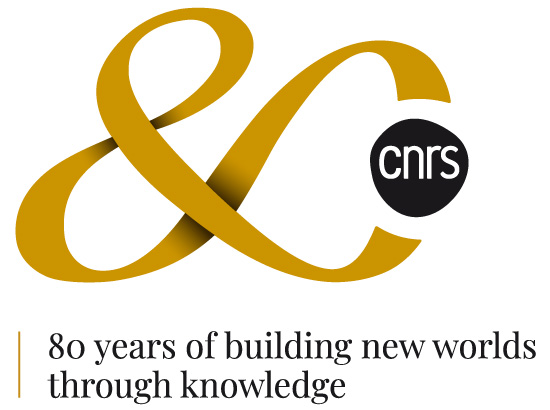An Integrated Carbon Accounting and Mitigation Framework for Greening the Industry
Greenhouse gases (GHG) emission from industry is one of the potent contributors to the global warming. In industry, the source of carbon emissions related to an industry premise can be categorized into two major types, i.e., direct carbon emission source related to the on-site carbon emission, for instance the emission due to fuel combustion within the premises itself and indirect carbon emission source that is related to the carbon emission at external premises, due to the resource consumption within the business premises. For instance, electricity, fuel consumption, water consumption, solid waste and waste water will lead to the carbon emission at the power plant, due to the power generation requirement to treat and handle these resource and waste. Therefore, all these five main criteria, i.e., electricity, fuel consumption, water consumption, solid waste and waste water will be selected as carbon performance indicators (CPI). In this study, an integrated carbon accounting and mitigation (INCAM) framework is developed and may serve twofold purposes, tracking of emission in onsite specific area and identify potential emissions reduction strategy in a holistic manner. The systematic steps to develop INCAM includes (1) Define carbon accounting centre (CAC) (2) Establish carbon emission indicators (CEI) for each CAC and CPI (3) Identify the hot spot for each CAC (4) Propose emission reduction strategies and rank emission mitigation measures according to cost effectiveness. INCAM provides relevant information that makes carbon profiling visible to various levels of an organization, enabling industry to plan, make decisions and take effective action to reduce emission towards greening the industry.

















